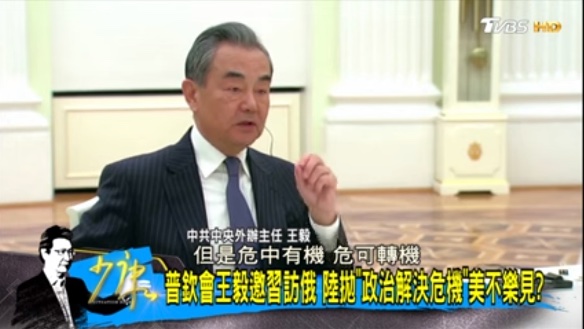Diversification of Proto-Austronesian
Important archeological news from Tainan:
South Taiwan park renovation project paused after archaeological artifacts unearthed
Artifact pieces belonging to neolithic Niuchouzi Culture discovered, date back to 3000-4500 years ago.
By Stephanie Chiang, Taiwan News (2/26/23)
The nature of this culture is intriguing in that one of its most distinctive features is the red cord-marked pottery that has been found at the Wangliao archeological site in Tainan’s Yongkang park.
The dating roughly corresponds to the estimated beginning of the diversification of Proto-Austronesian (PAN / PAn).
Read the rest of this entry »




